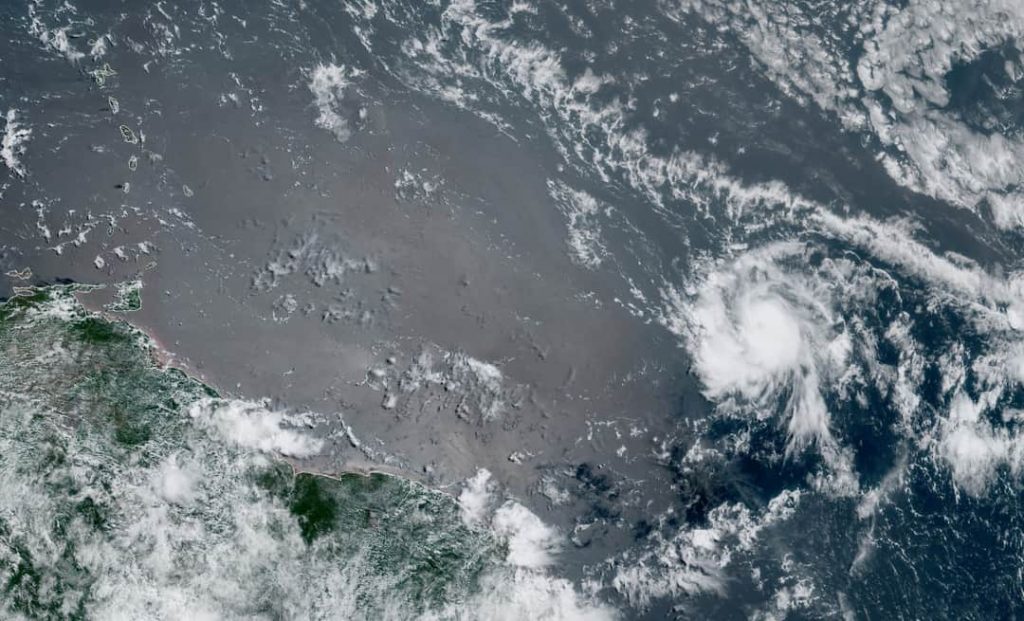KINGSTON, Jamaica — Saharan dust clouds bring copious amounts of well, dust, but scientists say there are benefits as well.
For starters, tropical depressions, storms and hurricanes are less likely to develop when big Saharan dust plumes are active over the Atlantic.
According to a piece in the Conversation quoting Dr Scott Denning of Colorado State University, big Saharan dust plumes interfere with the formation of Atlantic hurricanes in at least three ways.
“First, their very dry air dilutes the humidity whose condensation forms the fuel of tropical storms.
“Second, upper-level winds that carry these plumes blow more strongly than winds at the surface. This variation in wind speed, known as wind shear, blows the tops off of thunderstorms before they can become organised into bigger systems.
“Third, dust plumes reflect and scatter tropical sunlight, reducing the tropical sun’s evaporating power and starving storms of their moisture,” said Denning.
He explains that the phenomenon occurs when a combination of a huge expanse of roasted land and an upside-down thermal pattern allows billows of high wind to free sand and dust from the Sahara’s hot surface, lofting it high on buoyant thermals and carrying it far to the west.
The largest dust plumes are ejected westward across the tropical Atlantic. Much of this desert dust is deposited in the ocean, but some of it reaches the Americas, fertilising rainforests and short-circuiting hurricanes.
Dr Denning explains that desert dust is an important source of nutrients for downwind ecosystems, both in the ocean and on land. He says soluble iron in the dust helps some species of algae in surface waters to thrive.
“The dust also contains phosphorus, which is critical to the growth of tropical forests in Central and South America. These rich ecosystems get some phosphorus by dissolving local rocks at their roots but need more, which they receive from desert dust wafted thousands of miles westward by African easterly waves,” says Denning.
Source :Jamaica observer



